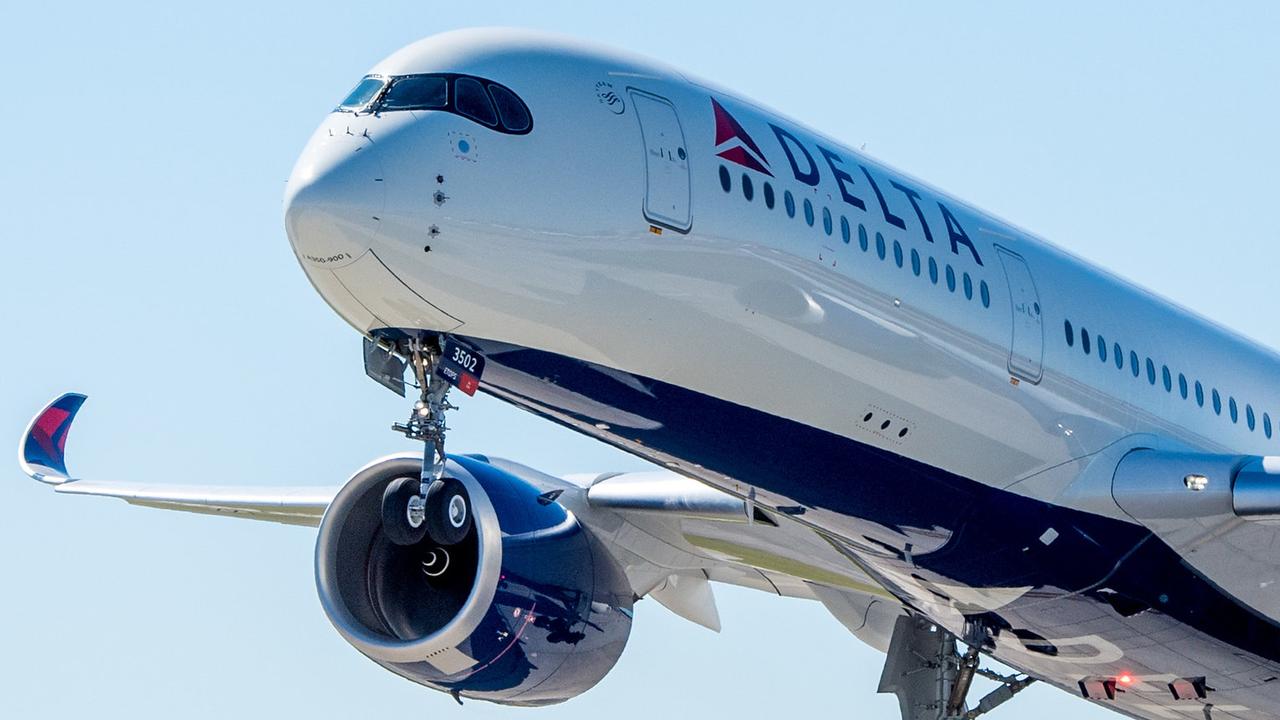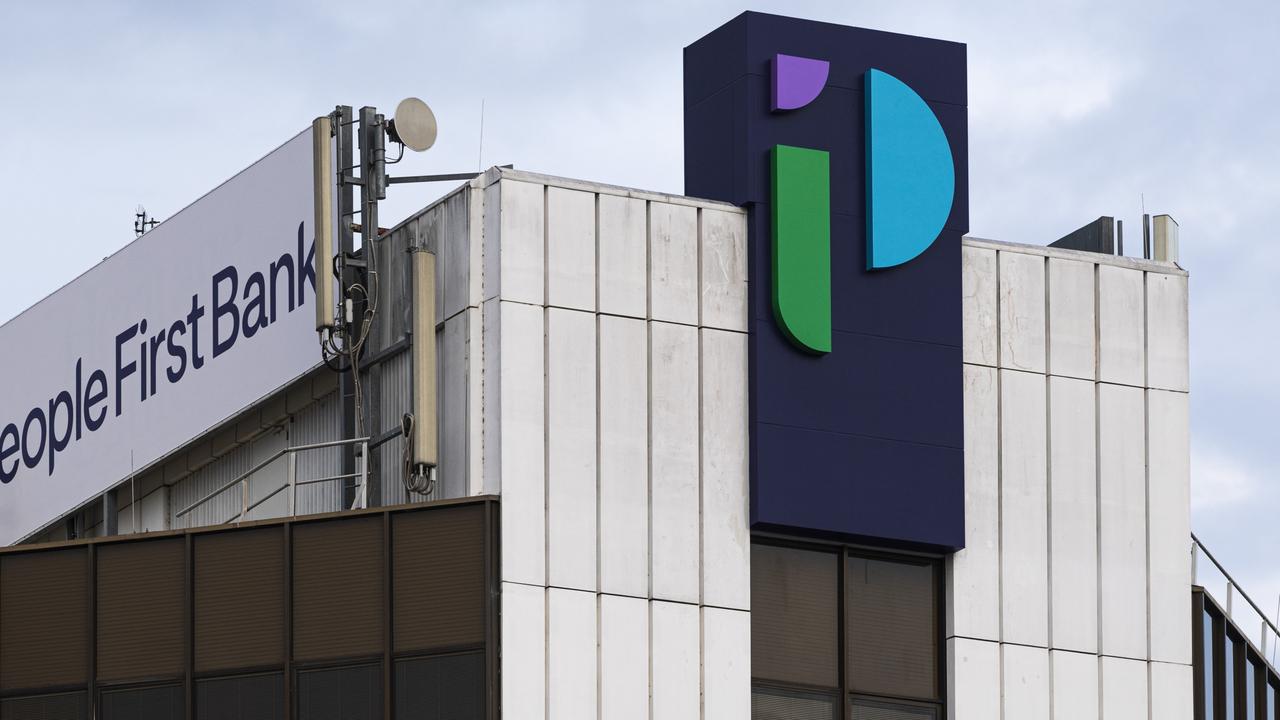Cafe owner lifts lid on why alternative milks are so expensive
It is one of the biggest bugbears for a nation of coffee lovers but one industry insider has explained what is behind it all.
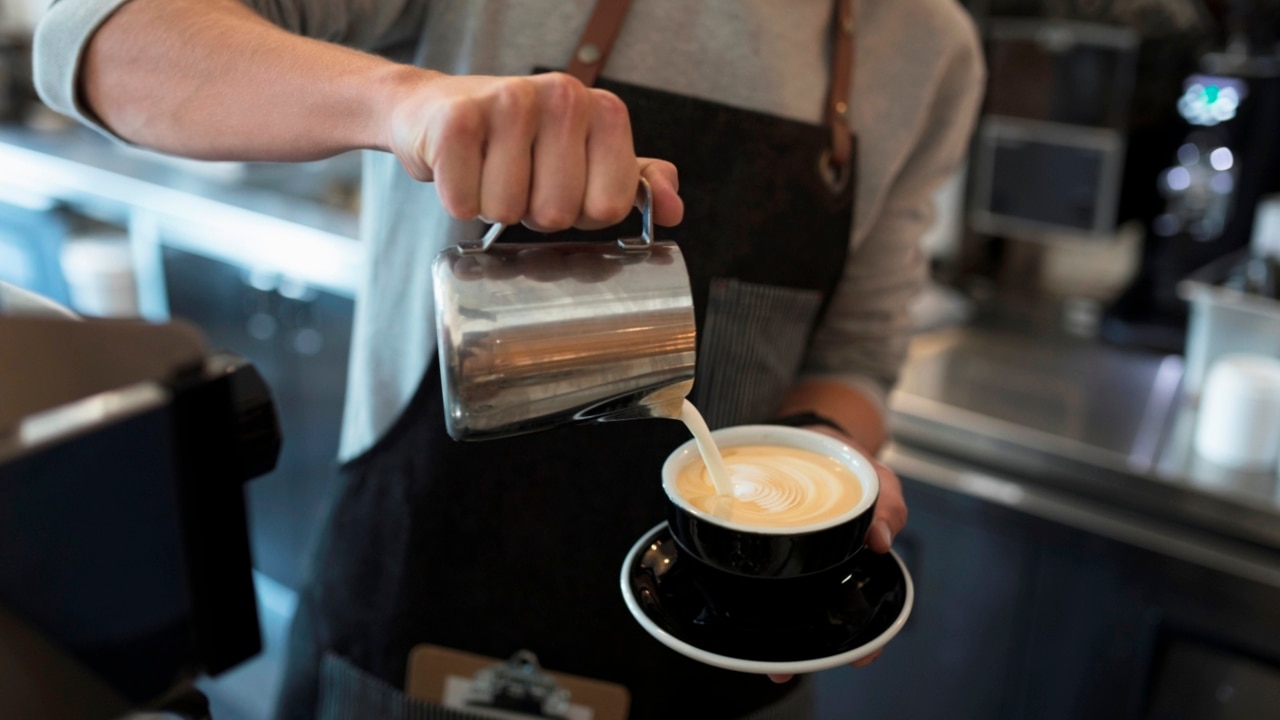
A cafe owner has lifted the lid on why customers are charged more for alternative milks like soy and oat, saying it is not just a matter of the higher cost to stock them.
Dan Dick, director of Melbourne-based Born and Raised Coffee, says having to steam each type of milk separately “slows down service” at businesses built on takeaway service.
Mr Dick shared on TikTok that buying non-dairy milks cost “almost double” for cafes, which partly explains why customers are slugged an extra 50 cents or more for oat, soy or almond coffees.

However, he said there was also a hidden productivity cost factored in as baristas can’t just whip up a jug of textured milk to service a string of busy patrons with a variety of orders.
“One of my biggest issues with the rising popularity of alt milks isn’t the additional cost that we surcharge for,” he said.
“It’s the complication to workflow that having up to six different milks introduces to your working environment.
“It slows down service.”

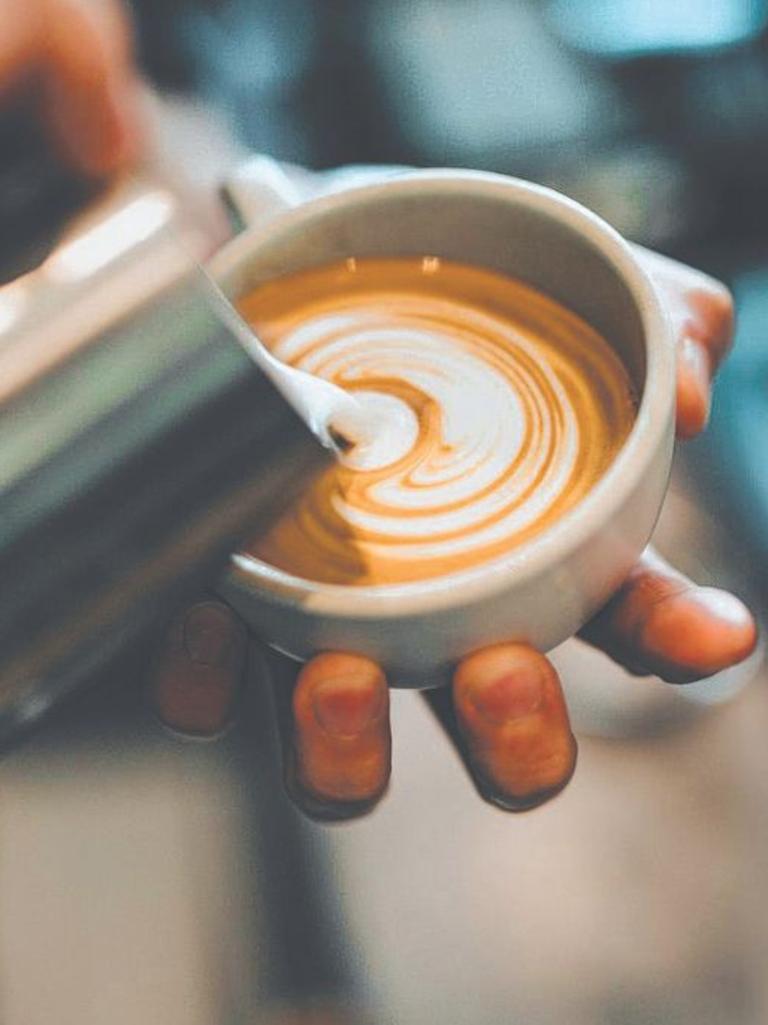
In the June video, Mr Dick spoke about how a 3.75 per cent rise in staff wages from July 1 would be passed on to consumers at businesses like his.
“It’s just not feasible for us to absorb that significant cost to our wages,” he said.
But he was interested in what he could do as an operator to ease the burden for customers in a cost of living crisis, so posited an idea.
“If I were to offer you one of those alternative milks free of surcharge, so not obviously discounted beyond normal coffee, but without the additional charge,” he began.
“If you were an almond drinker, would you drink soy if it was zero surcharge? Or, you know, oat?”
He also raised the prospect of putting up prices across the board but keeping black coffee at the same price, asking if people would order that instead.
“I’m really curious about, as consumers, what are the sort of things that are going to help this burden on you that are also going to go hand-in-hand with helping me control my bottom line,” Mr Dick said.
“But also perhaps affect my workflow in a way that is more conducive to getting out coffees faster and better.”

Australians’ love of coffee has become somewhat of an unofficial barometer for the country’s cost-of-living crunch.
The purchase of the “luxury” item has also been used a stick with which to beat younger generations struggling to crack into one of the world’s most-expensive property markets.
Many small business owners have reported a drop in customers in recent times, and say the hospitality industry is still recovering from the Covid-19 pandemic.
Prices have risen along with high interest rates and inflation, which are restricting household budgets, with homeowners sweating on when the Reserve Bank will lower the cash rate after copping 13 straight hikes.
Governor Michele Bullock this week warned there was no near-term relief on the horizon, adding some Aussies “may ultimately make the difficult decision to sell their homes”.
She said five per cent of borrowers would need to make “quite painful adjustments”.
“This includes things like cutting back on their spending to the more essential items, trading down to lower quality goods and services, dipping into their savings or working extra hours,” she said.
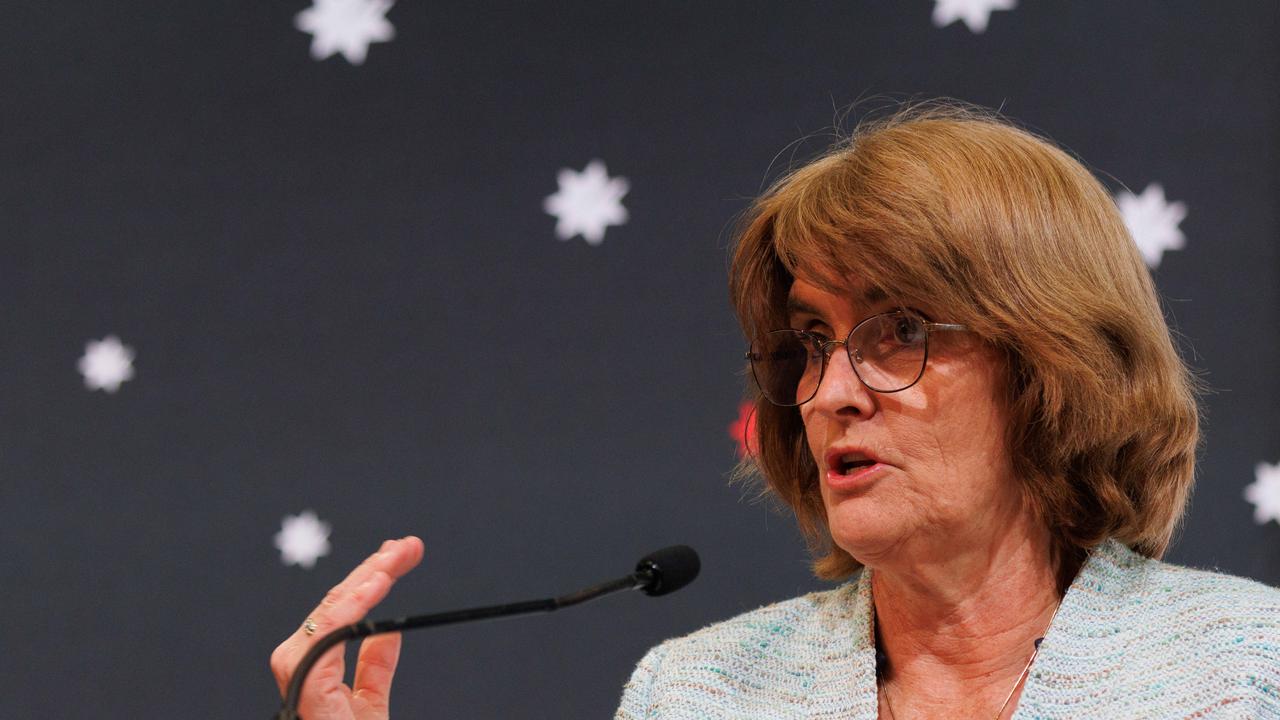
Earlier this year hospitality business owner Josh Rivers issued a dire warning about what people should be expecting to pay when it comes to a cup of coffee.
Mr Rivers, who owns four South Australian venues, claimed on the Eat With Us podcast that the next two years would be the worst ever for the hospitality industry.
“It’s everything. Six months ago, the award went up, super went up, gas went up, electricity went up, all the major food groups, cheese, eggs, meat and bread all went up,” he said.
He claimed coffees should be $8 or $8.50 for a small instead of the $4 to $5.50 cash-strapped customers are prepared to pay.
Richard Forbes, the chief of Independent Food Distributors Australia, whose members provide food to 60,000 venues, told news.com.au distributors had seen a 30 per cent increase in the cost of food over the last three years.
“We’ve all seen the price of beverages and food rise. That’s not going to get any better until we start doing something to rein in the costs of business,” Mr Forbes said.
“We can see it getting to a point of a $10 cup of coffee if things don’t improve … and if things aren’t done to stabilise the cost of business.”



